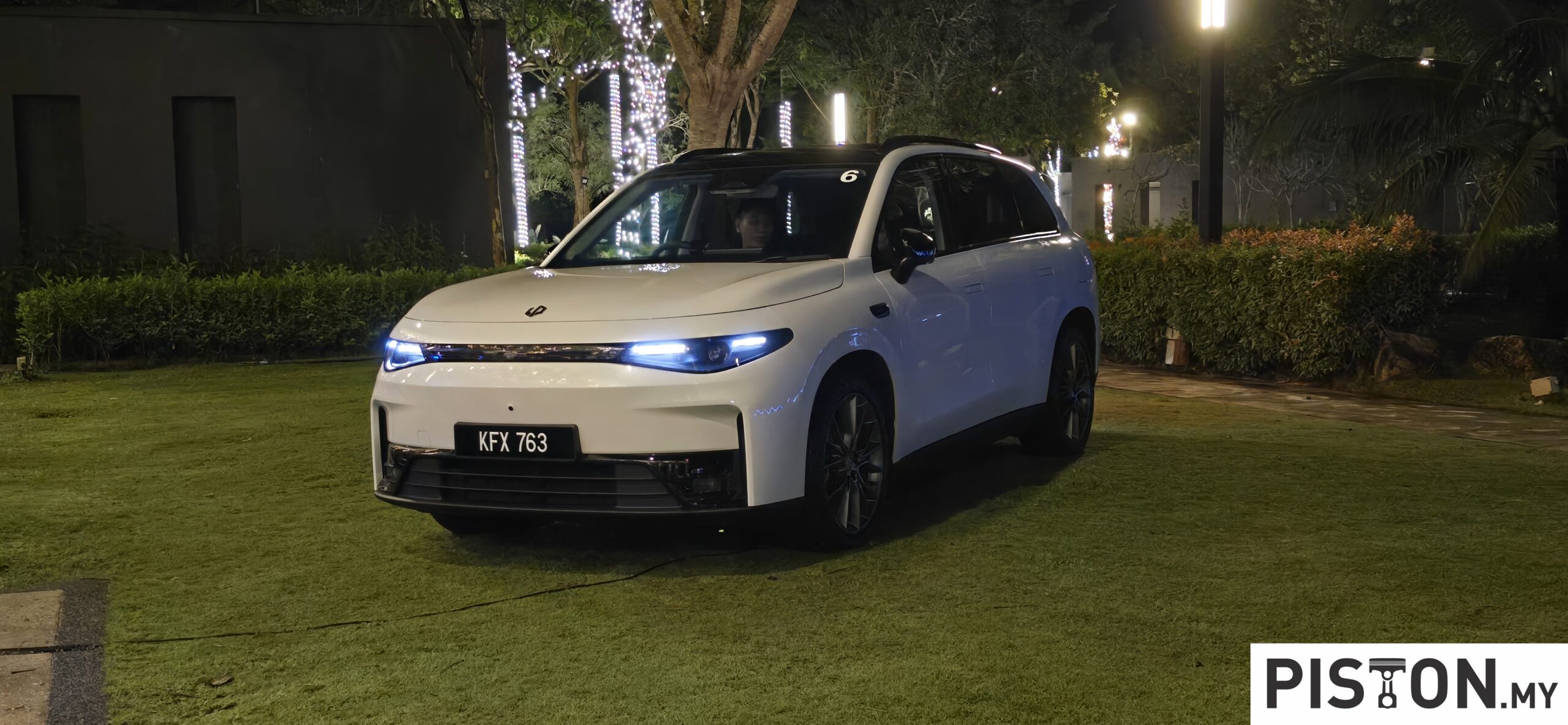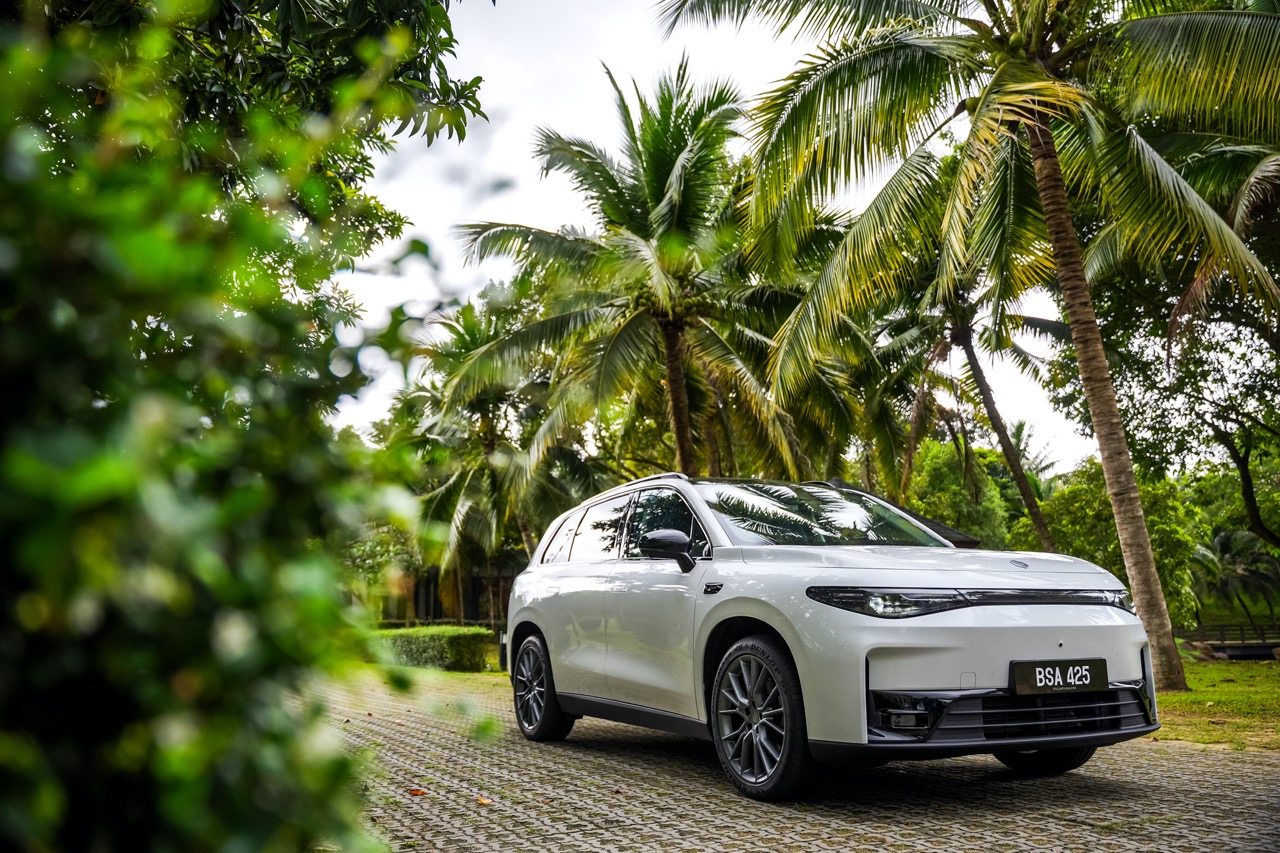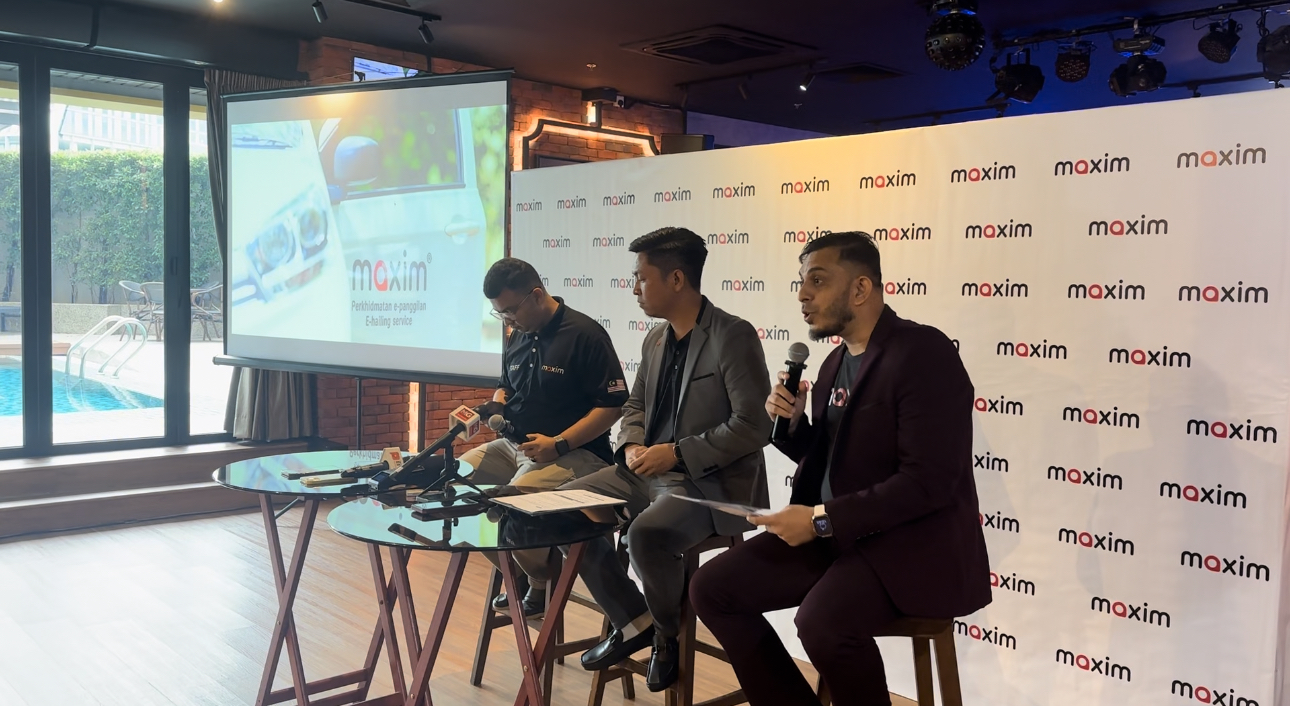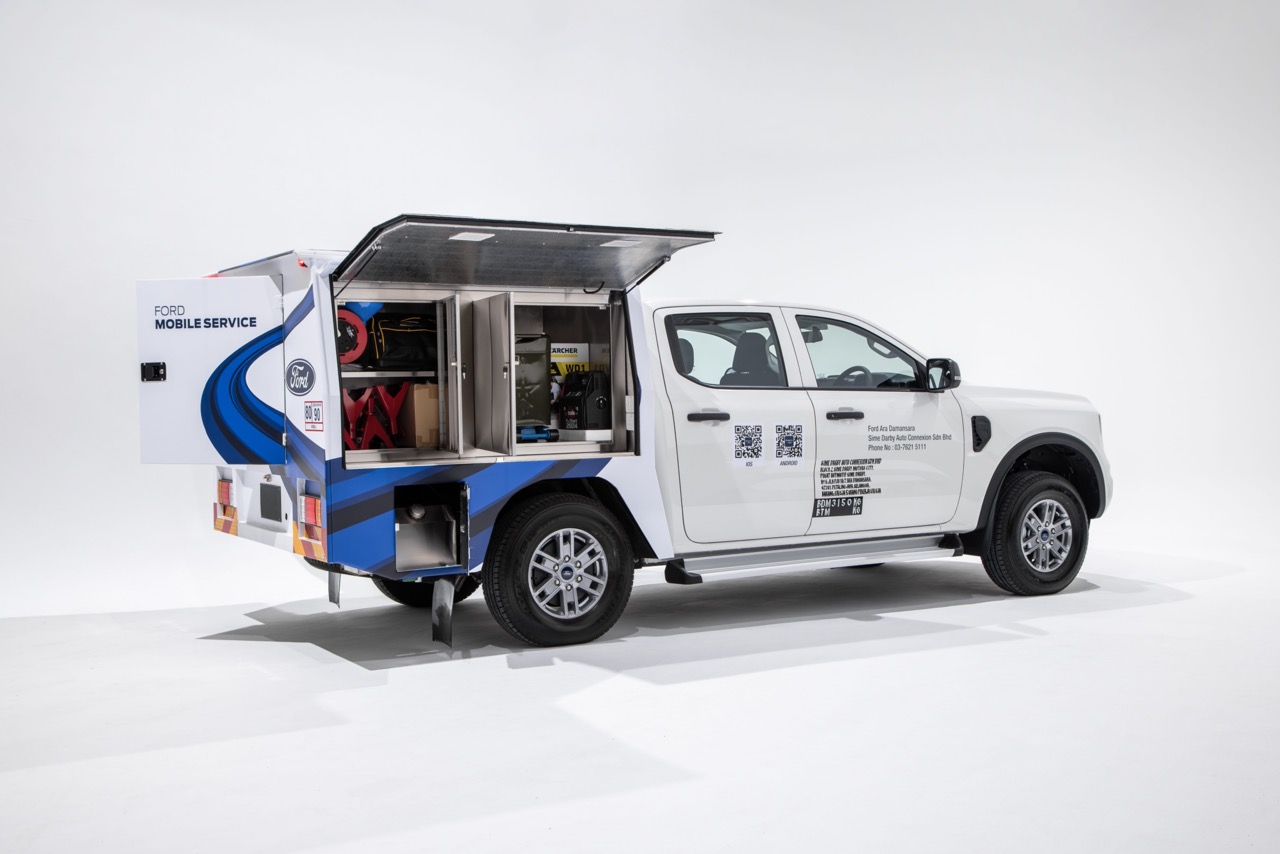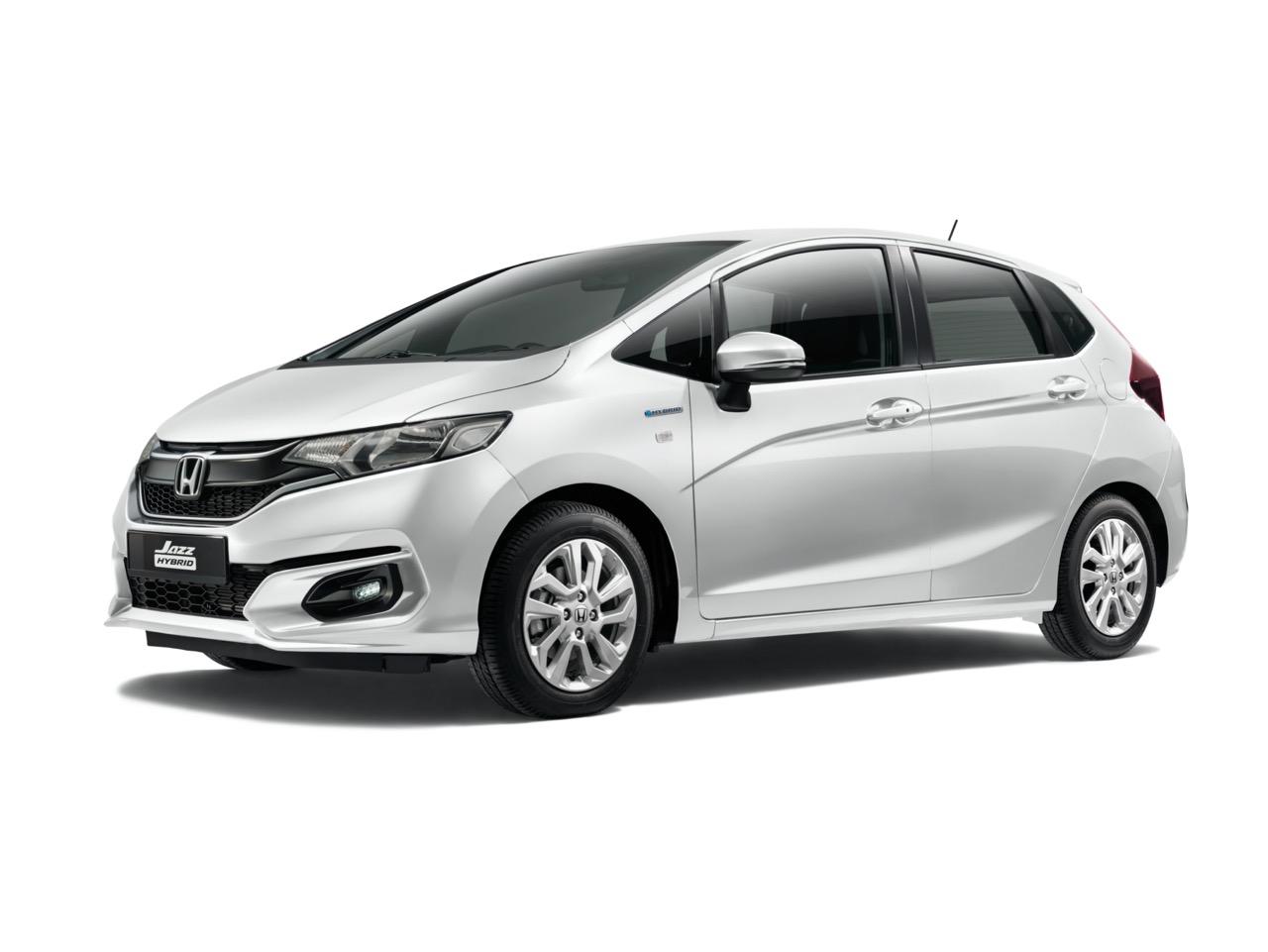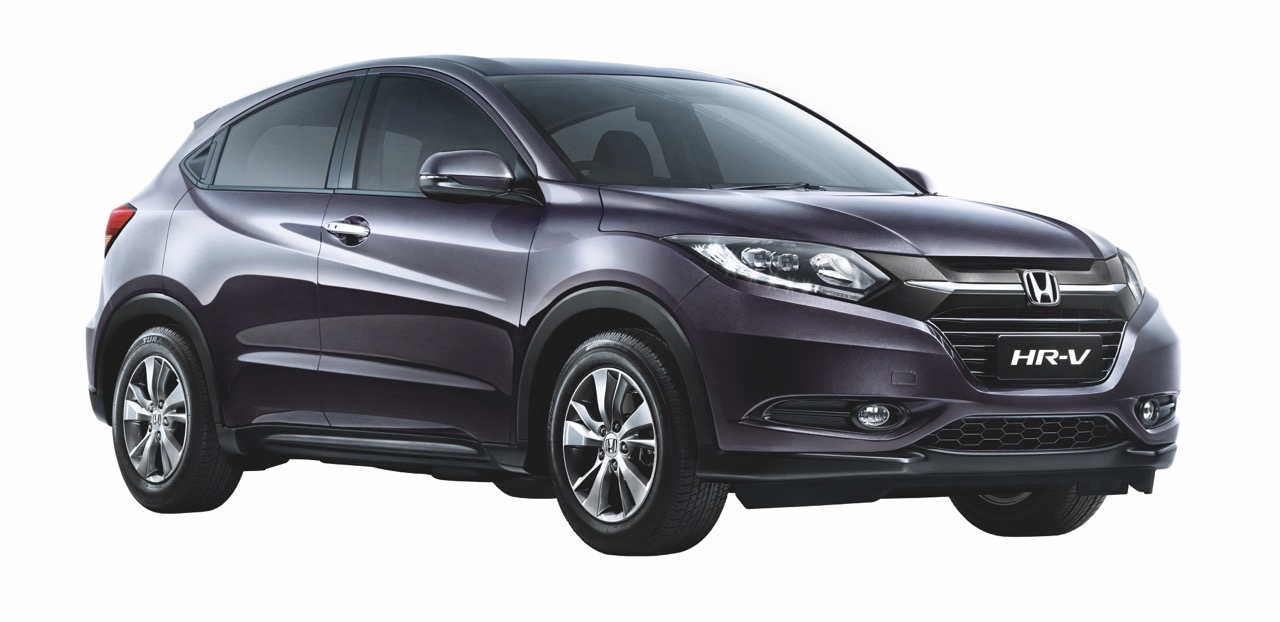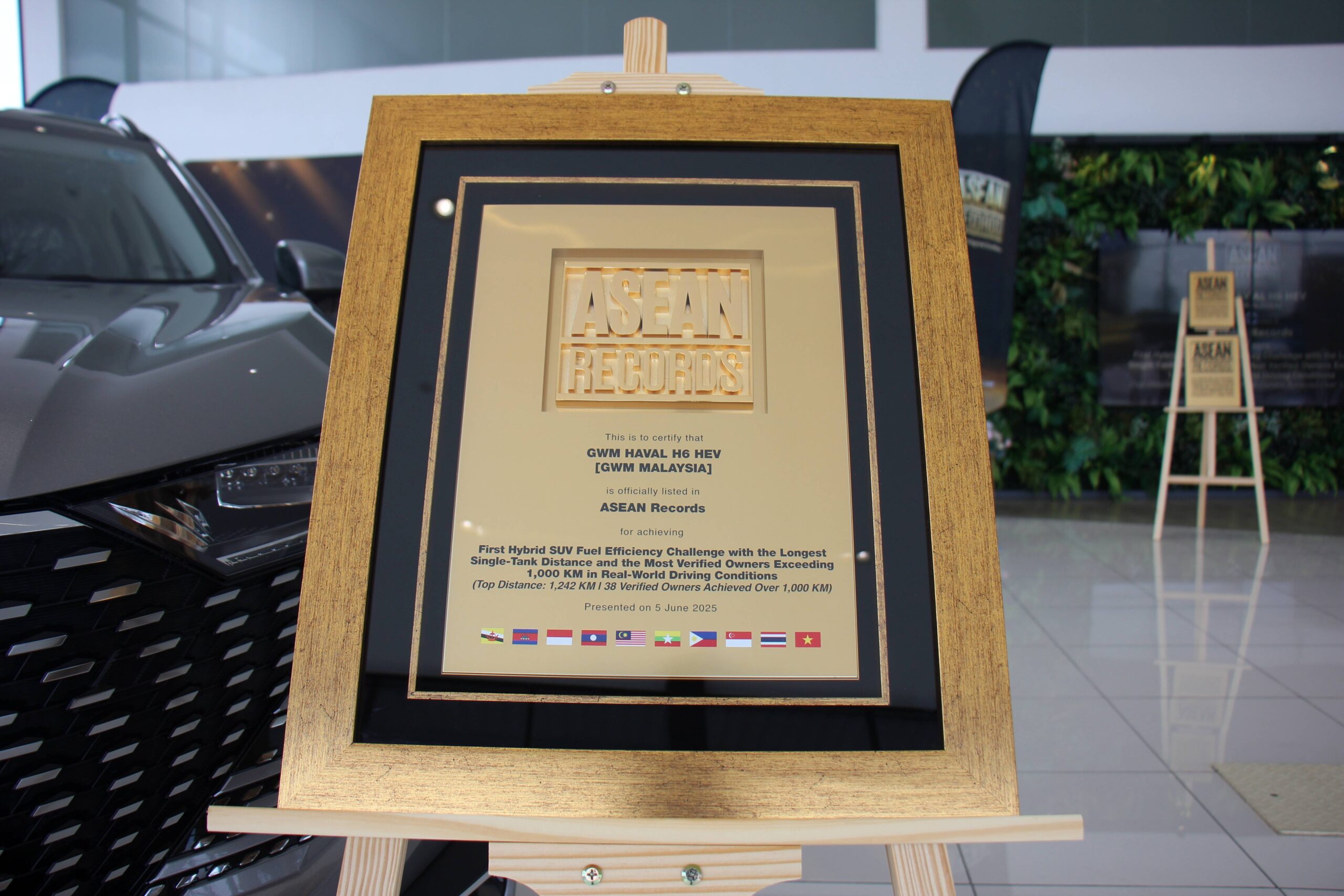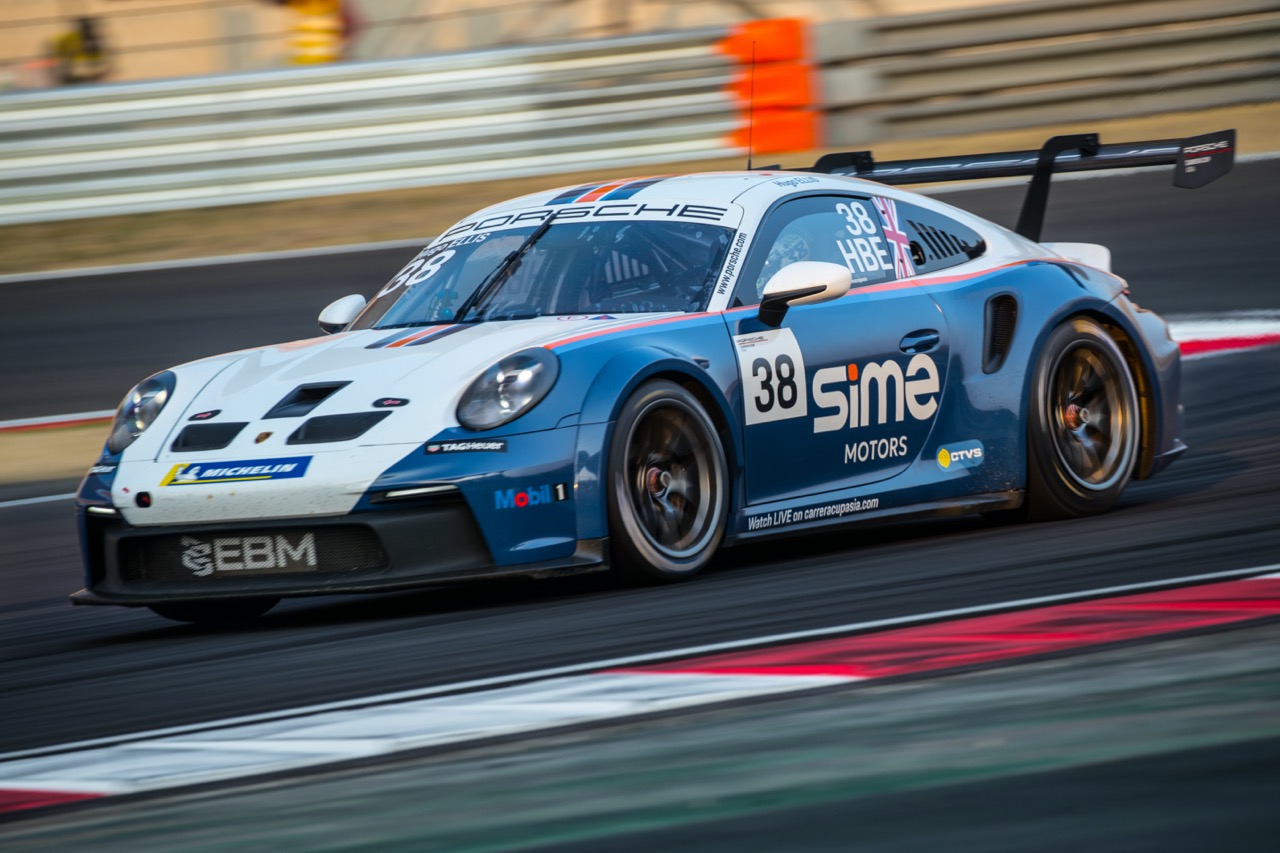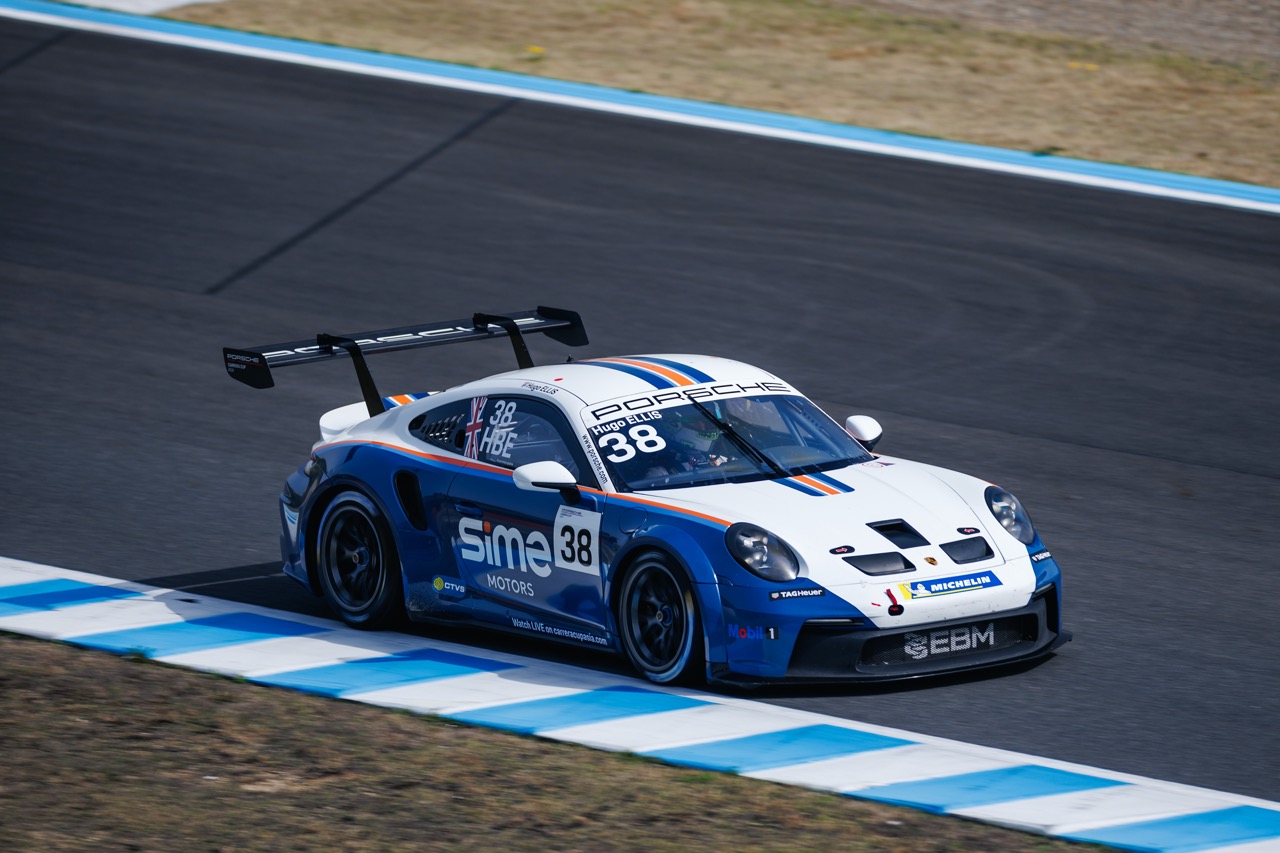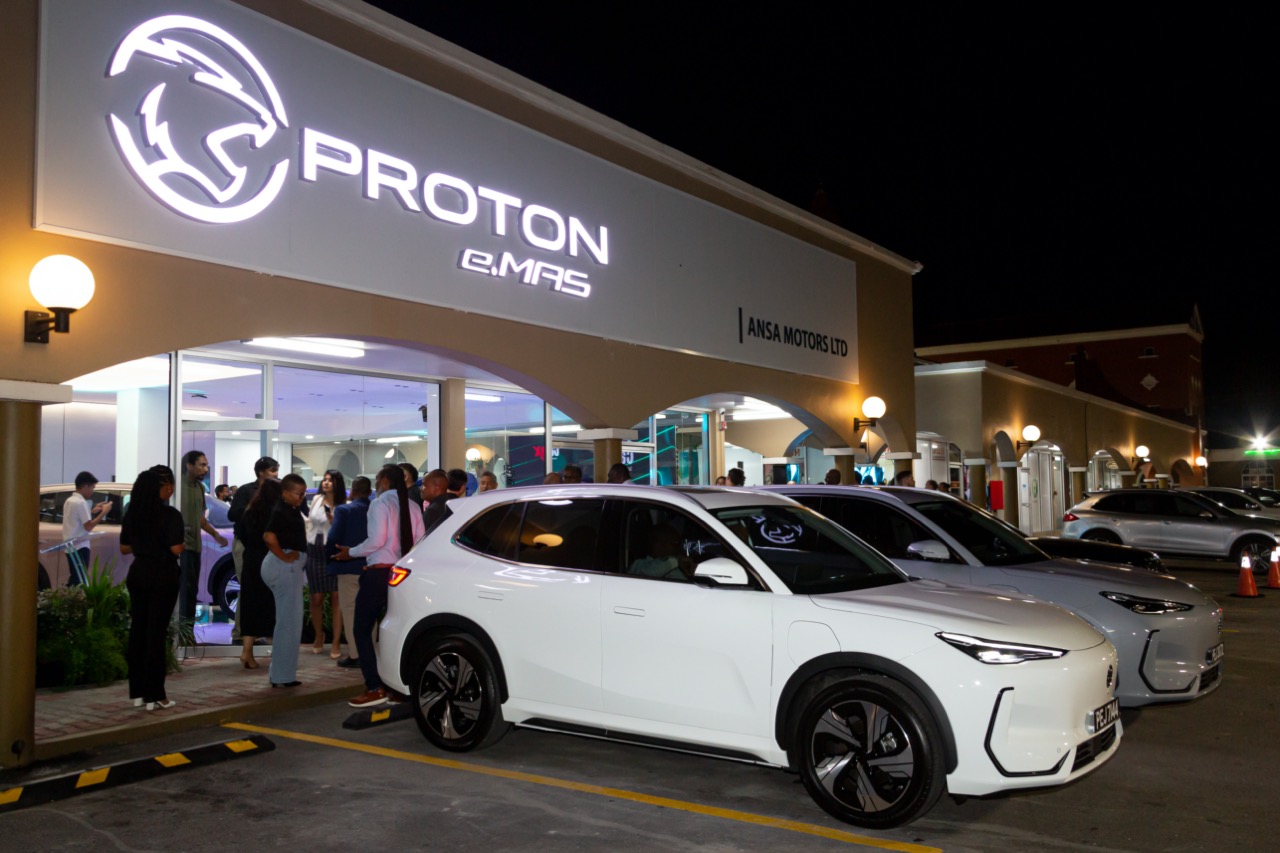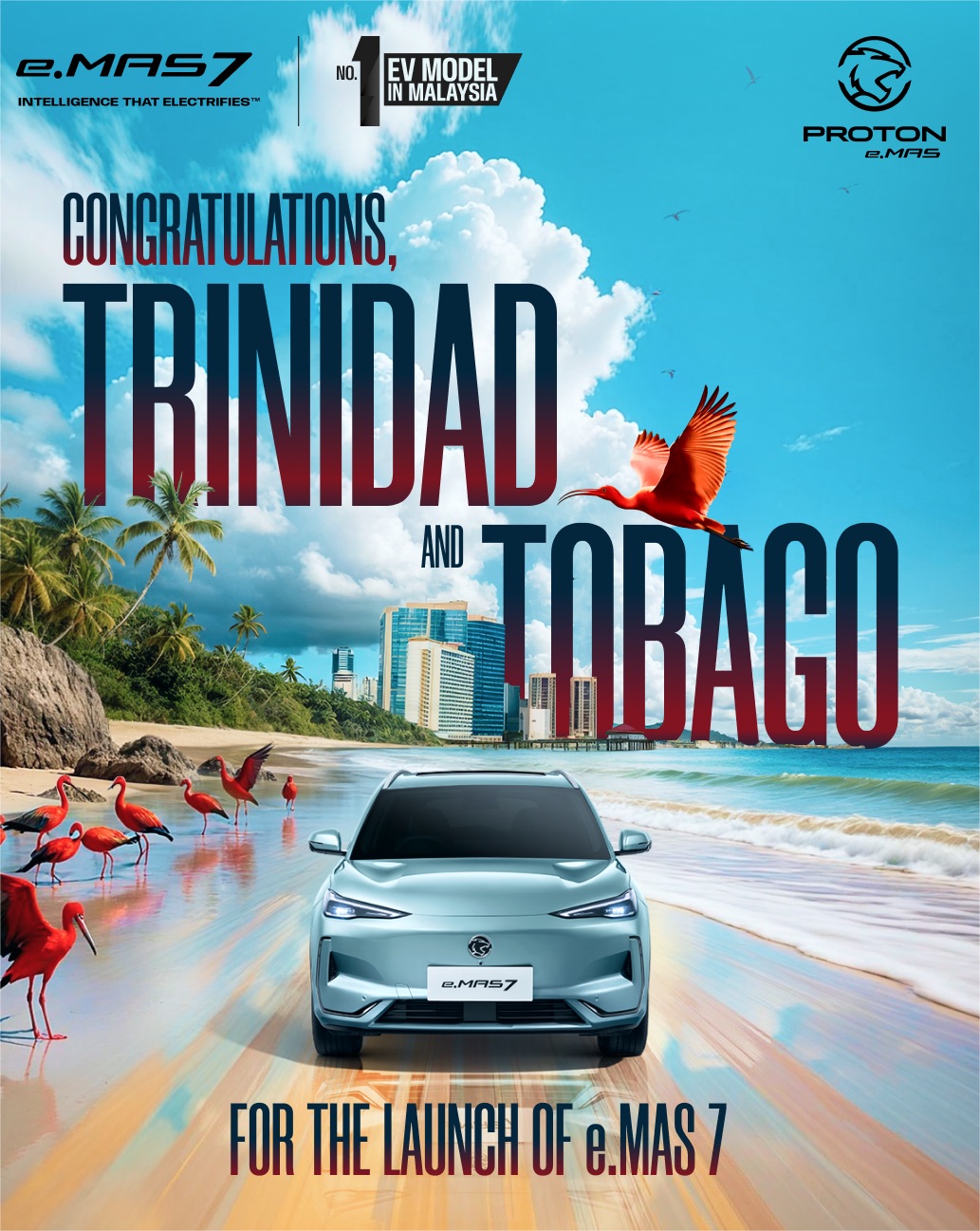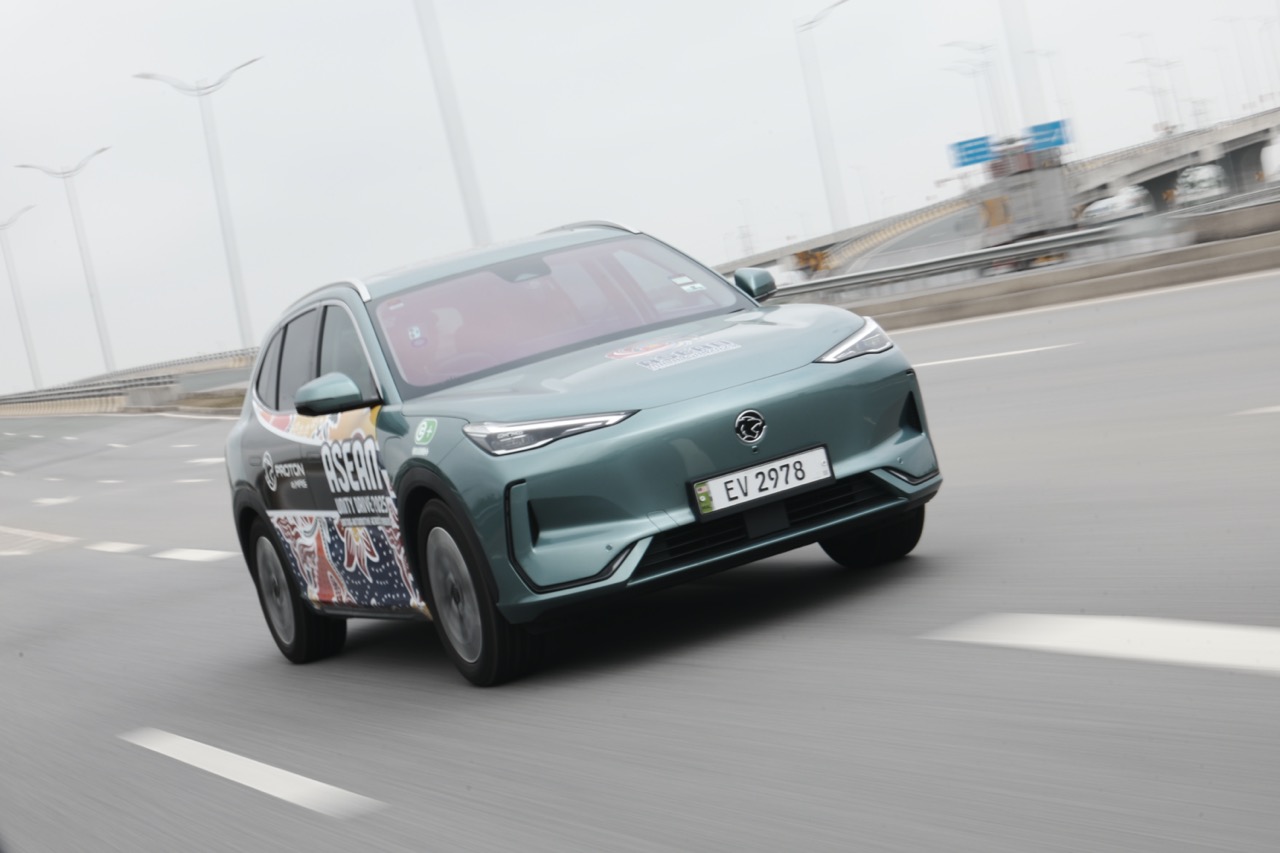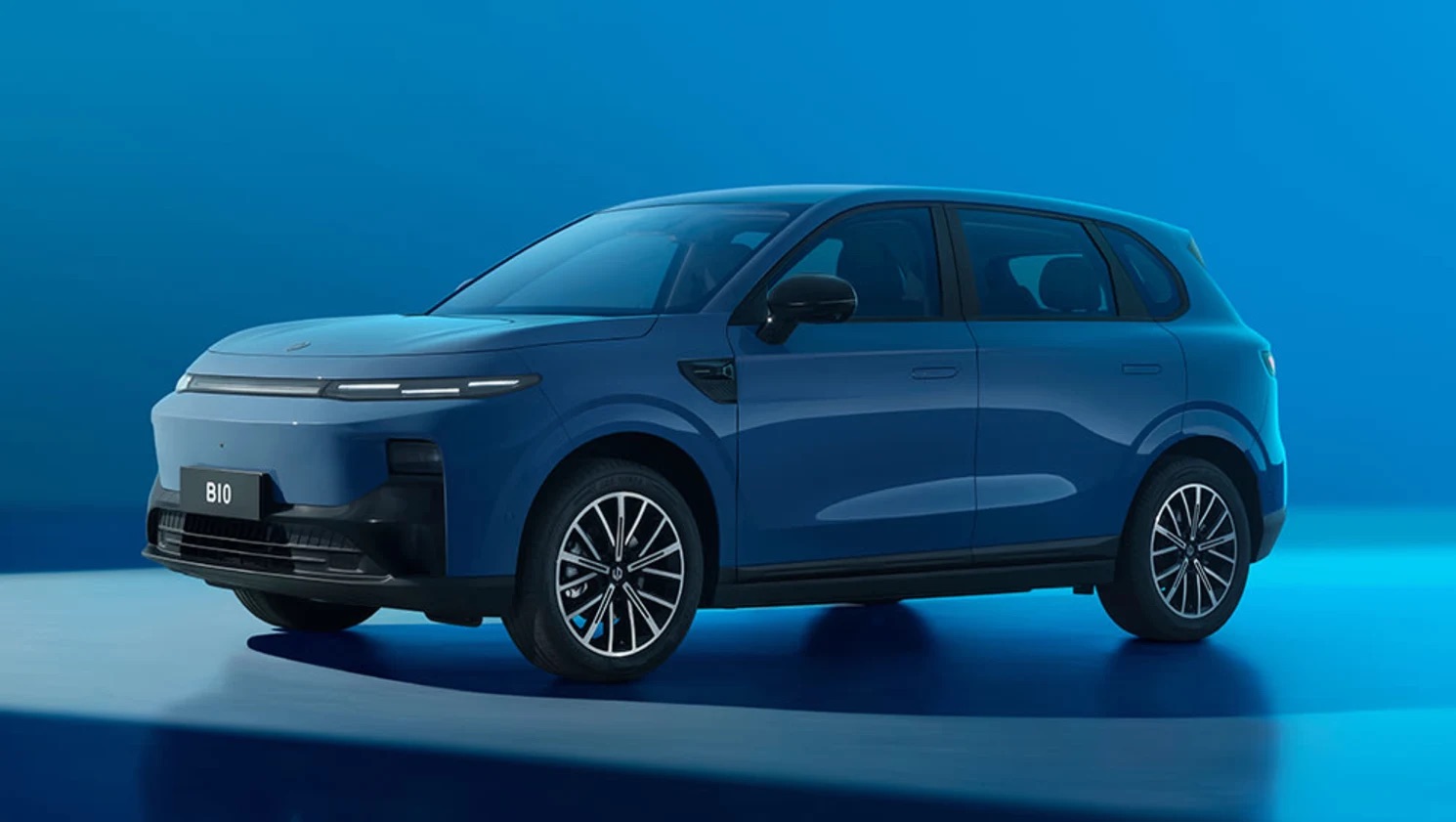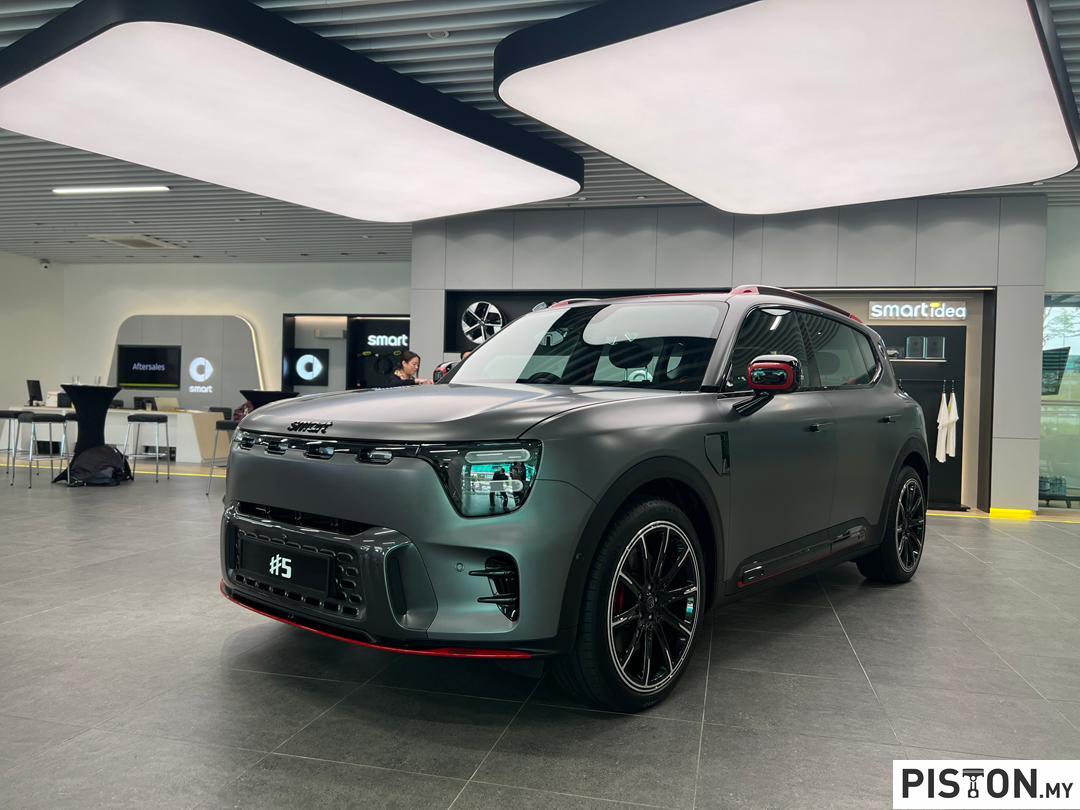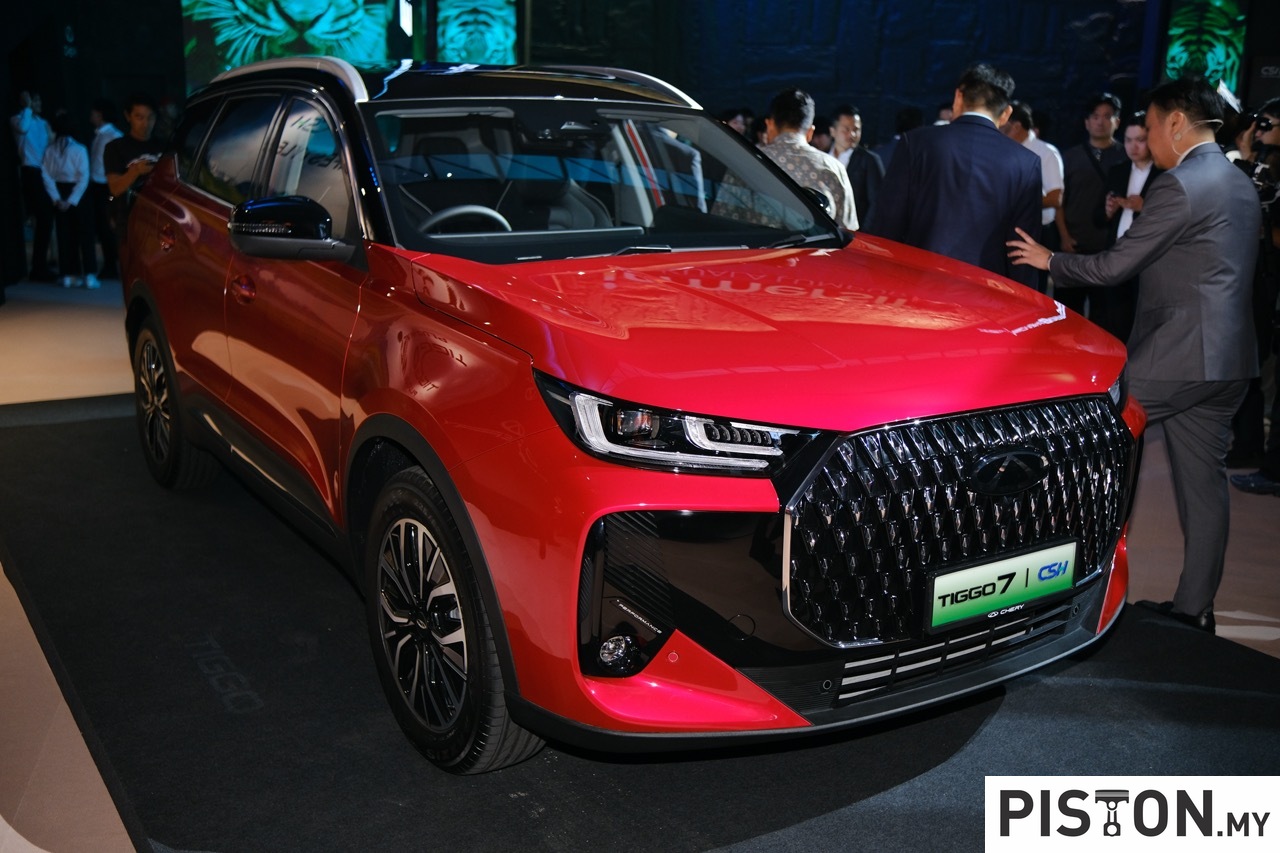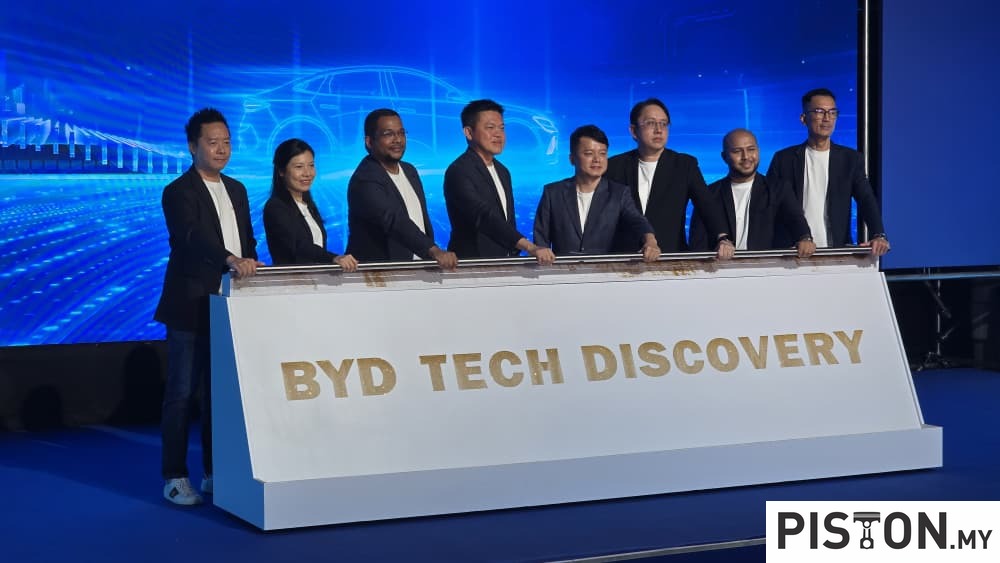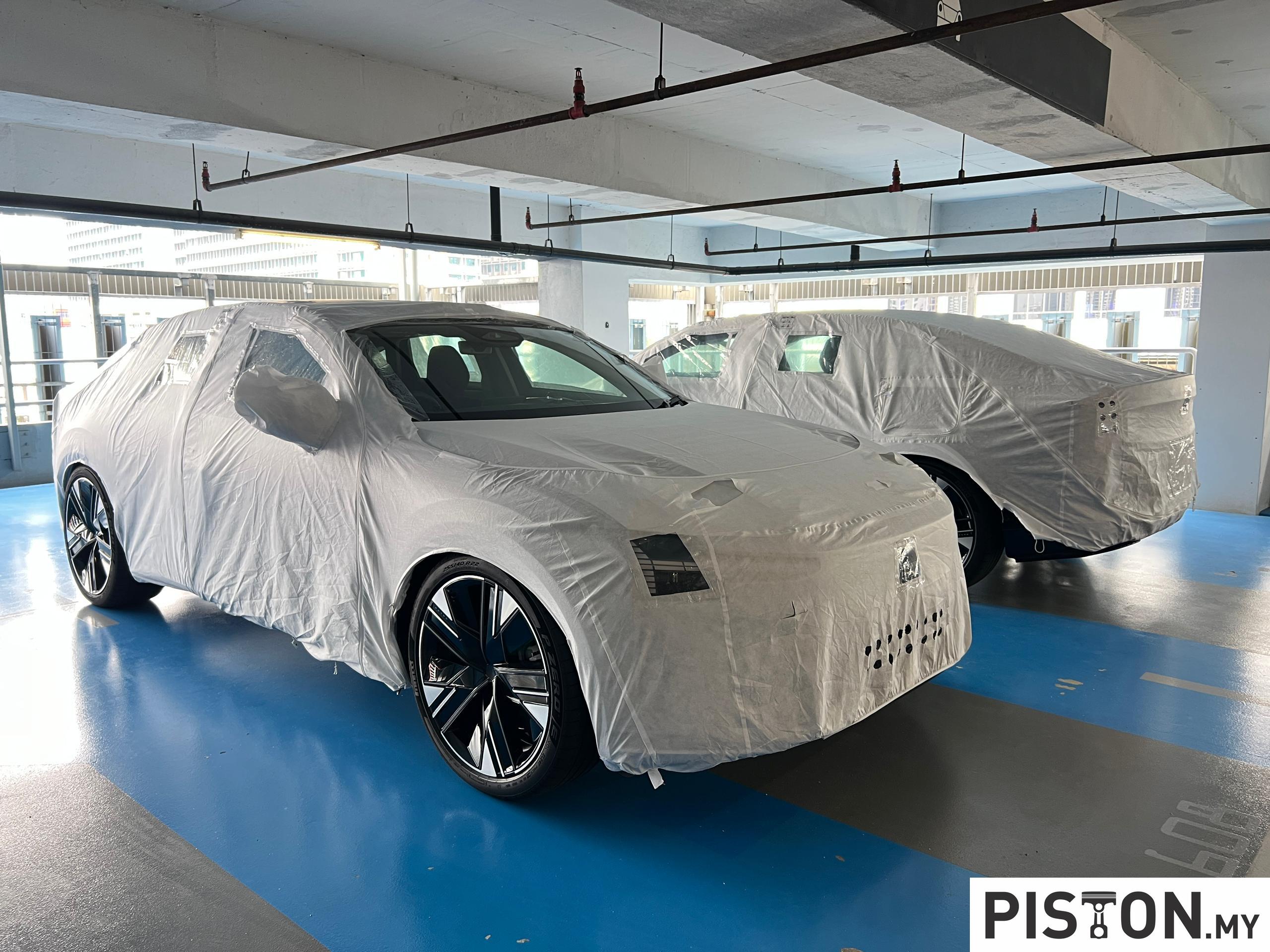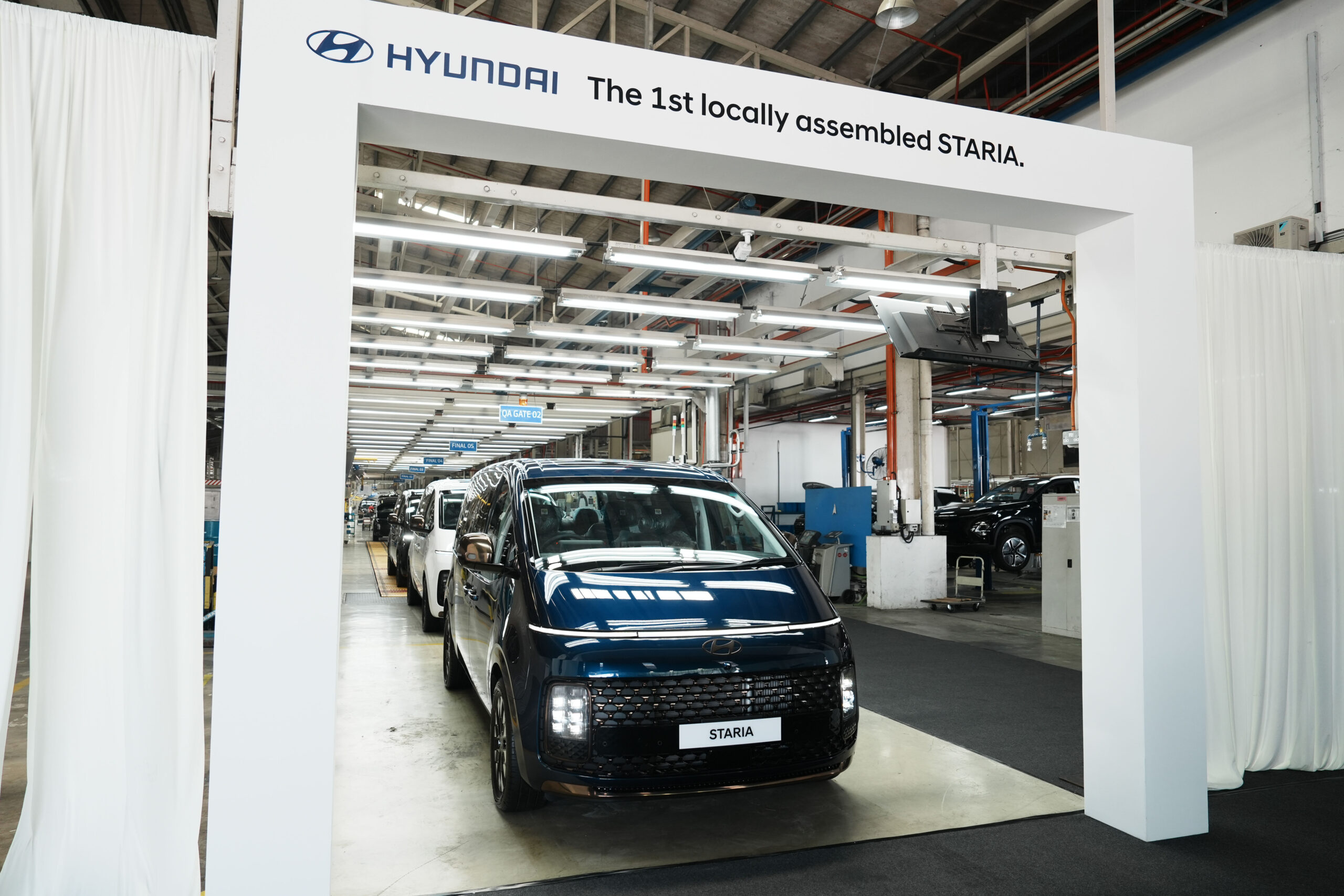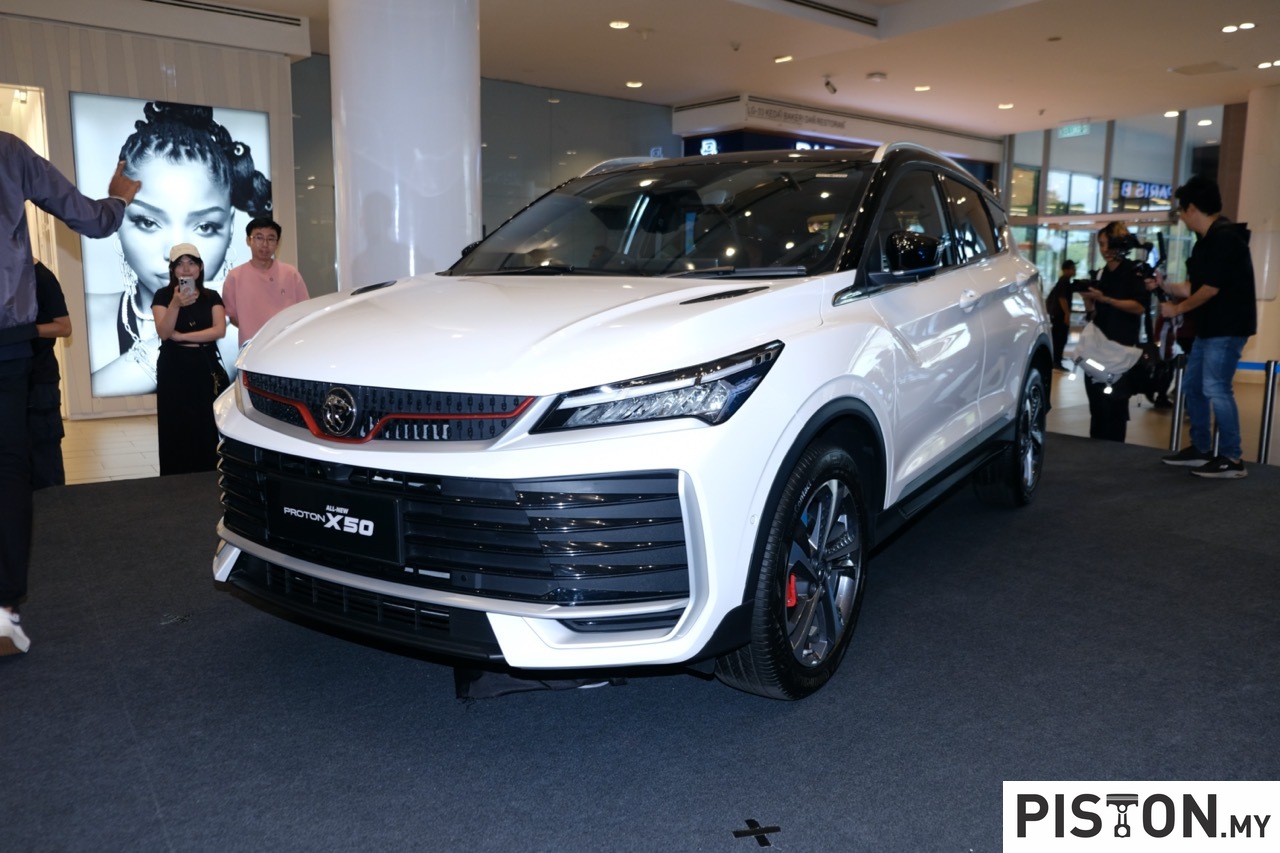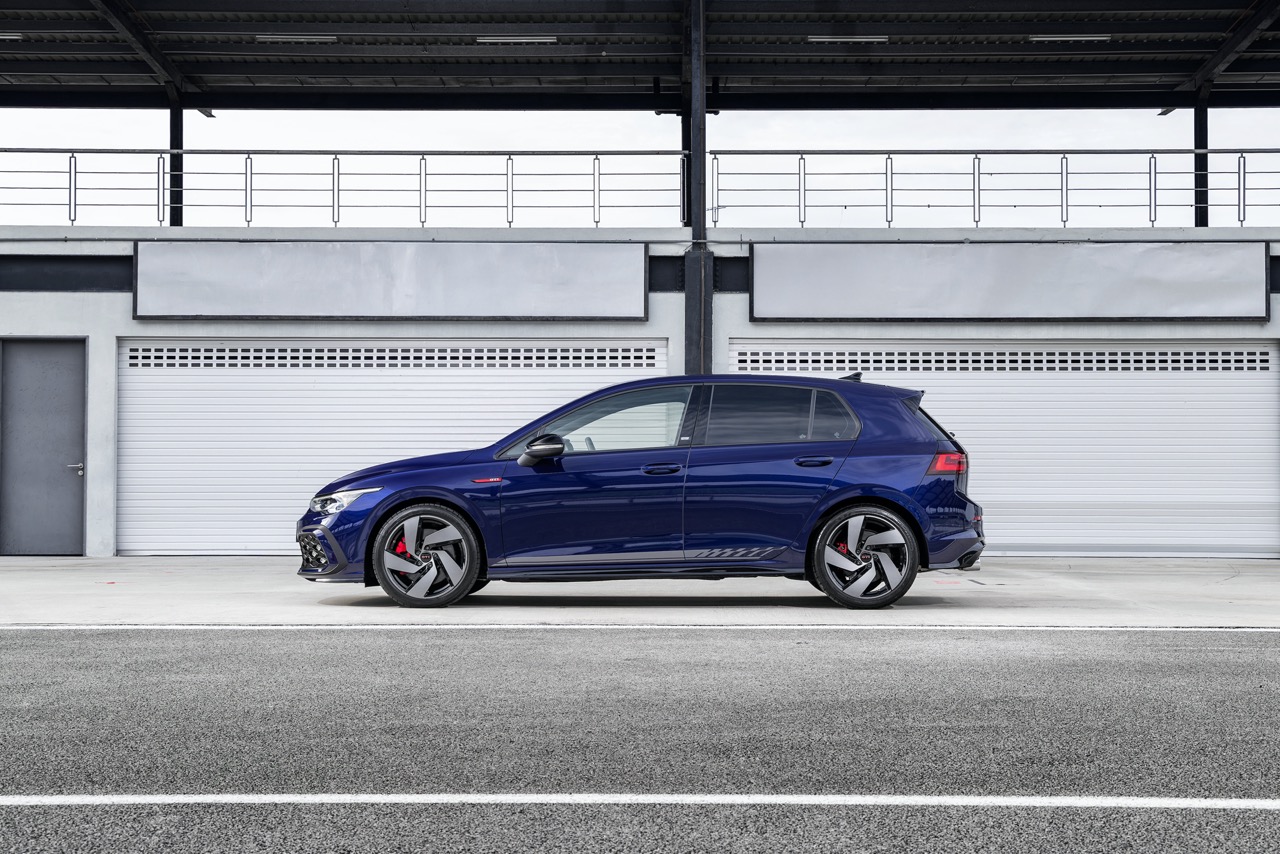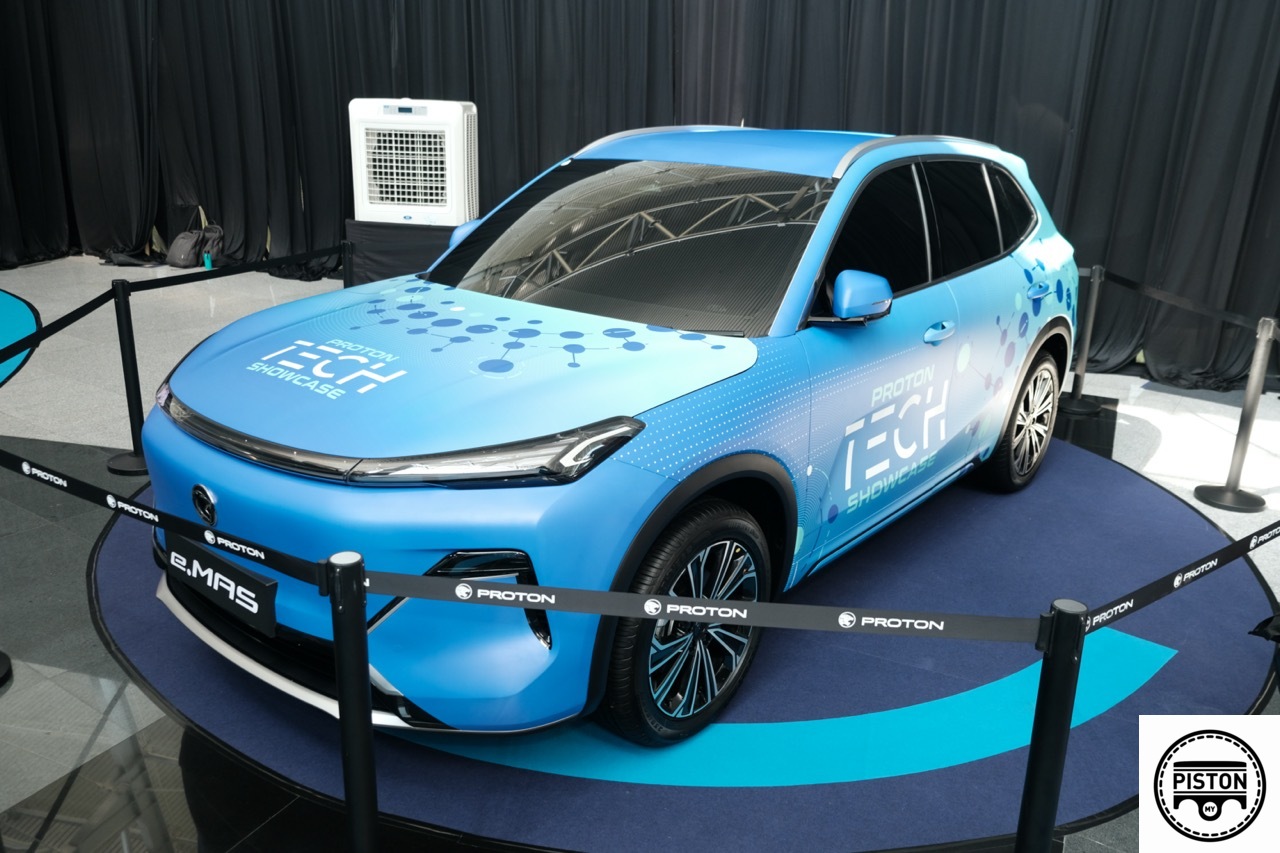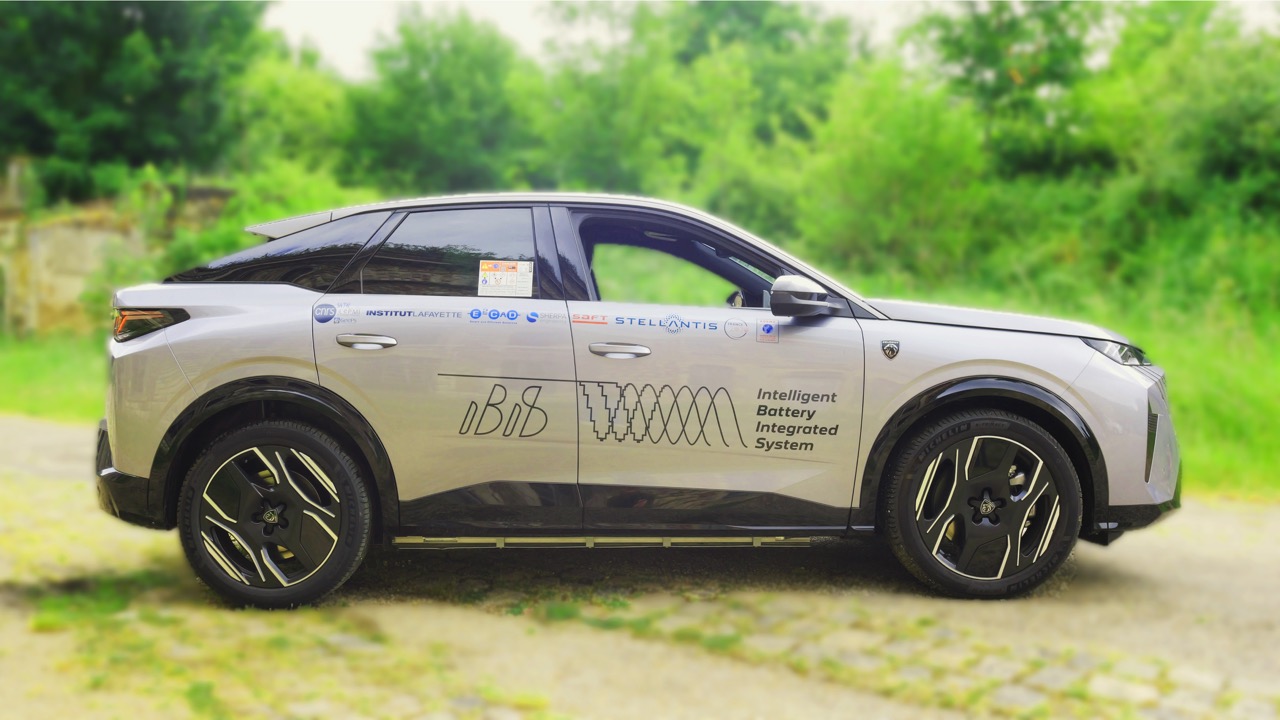The all-electric Leapmotor C10 has arrived in Malaysia with a host of significant upgrades for its 2025 model year, reinforcing its position as one of the most compelling EV options in its segment. Priced at RM125,000, the refreshed model now offers even greater value, coinciding with the brand’s recognition as China’s fastest-growing electric vehicle marque and in celebration of Father’s Day.
Beginning June 2025, the updated C10 is now available at Leapmotor showrooms nationwide. Among the key enhancements is the addition of a new 32-litre front trunk—or ‘frunk’—providing added storage for daily convenience. The vehicle also features a boot tonneau cover to help conceal and protect valuable items stored in the rear cargo area.
Charging capability has been significantly improved, thanks to the introduction of an upgraded 11 kW on-board charger (OBC). This new system replaces the previous 6.6 kW unit and results in a major reduction in AC charging time. Charging from 30% to 80% now takes just four hours, down from six, significantly boosting usability for urban drivers and long-distance commuters alike.
In terms of safety and usability, the C10 now benefits from a newly added Direct Tyre Pressure Monitoring System (TPMS), offering real-time tyre condition monitoring to alert drivers of any inconsistencies. A motorised tyre inflator pump kit is also included as part of the vehicle’s standard convenience features.

